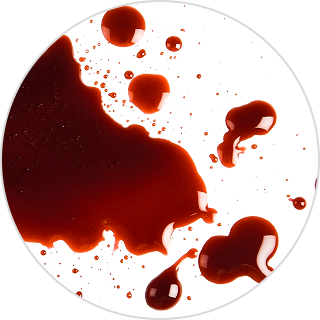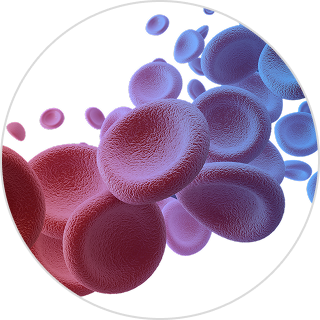Waste Management
Low Fluid Waste
Management
Smoke Evacuation
Sponge Management
Quantitative
Blood Loss
Blood Loss
Airway Management
Pharmaceutical Waste
Management
Labor & Delivery
Gastroenterology
Together with our customers, we’re committed to keeping caregivers and patients safe from harm. Through specialized focus, proven innovation and unwavering belief, we help transform healthcare for the better.
As you advocate for patients, we advocate for you.
As your trusted partner, we’ve observed the inherent risks you encounter in the operating room, labor & delivery and GI suite. Despite the challenges, you remain committed to the pledge you’ve taken—to devote yourself to the well-being of others.
At Stryker’s Surgical Technologies, we believe in a future that's safer for caregivers and patients. We drive change by thinking differently and constantly innovating to meet your needs.
Wherever you are on the Journey to Zero, the impossible becomes possible together.






We’re proud to stand alongside nurses by investing in their continued growth and development through education and engagement. We support the education of thousands of healthcare professionals through events held across the country and proudly sponsor educational grants and scholarships. These efforts reflect our deep appreciation for the vital role nurses play in healthcare, and we remain committed to empowering them through meaningful opportunities in the future.


“I deeply appreciate Stryker’s commitment to advancing surgical education. This experience will not only enhance my current work but also inspire research directions that contribute to improving surgical environments for healthcare professionals and patients alike.”
– Adriane C.
“This opportunity to continue my academic journey in my career that I love so much is incredibly important to me. I look forward to bringing back educational teachings specific to my hospital ORs. Your contribution has not only significantly impacted my ability to attend, but to also succeed.”
– Kim M.

Education is a vital step in the Journey to Zero harm.
From our Mobile Experience Lab to a wide range of digital resources, we cultivate a collaborative learning community—spanning specialties and learning styles—designed to equip you with insights, knowledge and techniques that help to build confidence and elevate standards of care.
Thank you for your interest in Stryker’s Surgical Technologies. Our goal is to redefine surgical standards of care by providing innovative products for operative teams. Together, we can work toward zero* harm for patients and caregivers.
Tell us how we can help by filling out the form, and we’ll work to get you what you need.